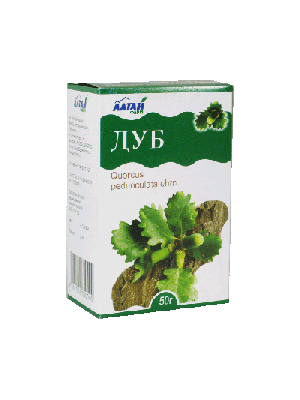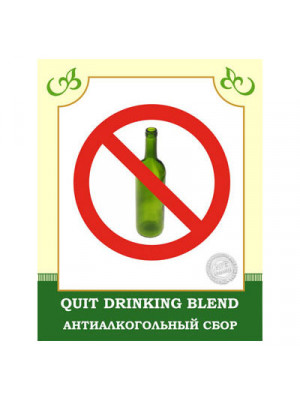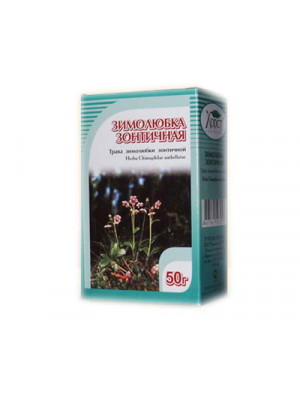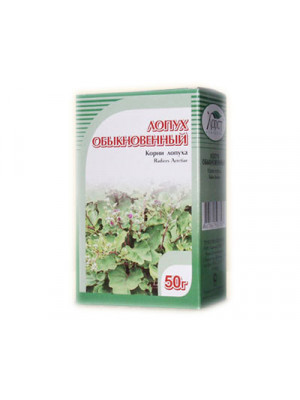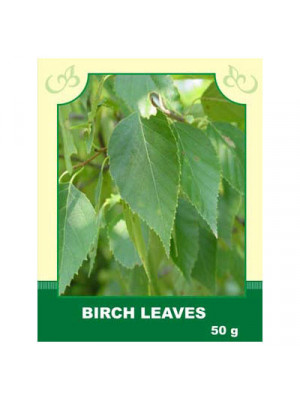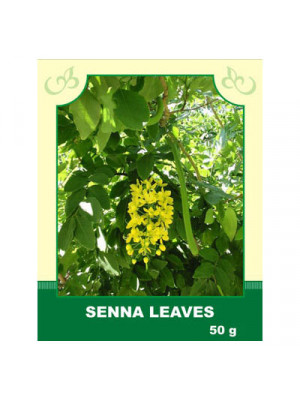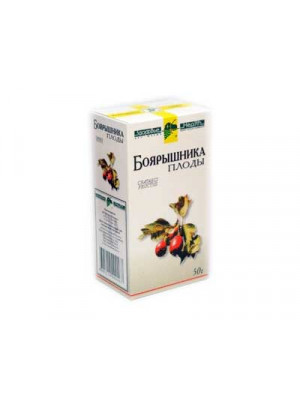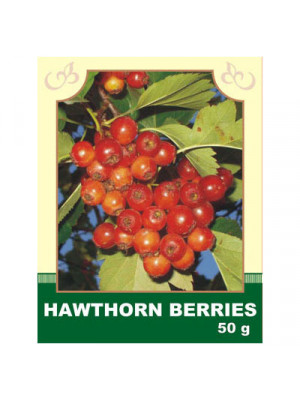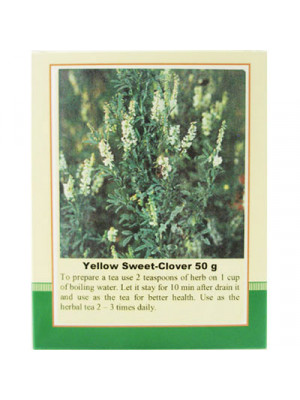Dry Herbs & Berries
If you like to use a lot of dry herbs and berries to create teas, wellness pads and an assortment of other items for well-being, our dry herbs and berries can provide you with a quick way to do it on your own. Each packet contains the herbs or berries of your choice that were freshly grown, chopped up and dried to perfection. Every herb and berries packet is 100% natural, with no artificial preservatives or added fillers. You're able to create a tasty blend with all that is provided from our large selection.
- Description. Oak bark is widely used as an effective astringent. Oak bark is rich in galic and ellgalic acids, quertecin, flobaphen, pictines and tannins. Tannins are thought to have an astringent action, meaning that they reduce tissue swelling and stop bleeding, and they are traditionally thought to be useful for diarrhea. It has antiphlogistic, haemostatic, and antiseptic properties. Oak bark is often used topically for various skin disorders.
Use. Currently herbalists recommend oak bark internally for treatment of diarrhea, gastric and intestinal bleeding; and topically for sore throat, mouth sores, hemorrhoids, and eczema, burns, acne, hemorrhoids and bedsores. An important healing component in the smooth bark of the oak tree is its tannin, which has astringent and mildly antiseptic qualities. The tannin is what makes oak bark valuable for minor wounds and inflammation, for tightening tissue and lessening oozing. Oak Bark water infusion is an effective wash for uro-genital diorders.
Attention! Before using any herbal products, make sure that you have full knowledge of how the herb works and any adverse reaction it may cause.$6.99 Composition: centaury, glade. Cleanses the body of toxins, cookies from toxins, appearance turning to alcohol.
$6.99- zimolyubka antiseptic, anti-inflammatory, antispasmodic, diuretic, choleretic, analgesic, astringent and wound-healing effect, and also lowers blood sugar and regulating effect on the menstrual cycle.$7.99
- Burdock Root is one of the foremost cleansing herbs, providing nourishing support for the blood, the liver, and the natural defense system. Its rich in Vitamins B1, B6, B12, and E, plus manganese, copper, iron, zinc, sulfur, and more. Youll find Burdock Root in many tonic formulas and special blends designed for internal cleansing. In traditional herbal texts, Burdock Root is described as a blood purifier or alterative, and was believed to clear the bloodstream of toxins. The herb contains polyacetylenes that have both anti-bacterial & anti-fungal properties. Burdock Root contains high amounts of inulin and mucilage. This may explain its soothing effects on the gastrointestinal tract. Bitter constituents in the root may also explain the traditional use of Burdock to improve digestion.$6.99
Description. People have been using birch for therapy and healing since ancient times. Almost all parts of this tree have special properties valuable for health. Birch leaves act as anesthetic, anti-inflammatory, wound healing and antimicrobial. They help cope with pathogenic bacteria and fungi; improve blood circulation, and reduce thrombus from the smallest blood vessels.Birch leaves contain many of bioactive substances acids, flavonoids, rutin, tannins, vitamins C, E, PP and carotin. They help lower blood pressure. Use. Nowadays birch leaves preparations are used in cases of avitaminosis, edema, urinary bladder inflammation, atherosclerosis, kidney disorders and as cholagogic and expectorant. Leaves decoction is tonic and restorative and is useful for wet eczemas and climacteric neurosis. Birch leaves are used for flushing kidney and bladder stones, and for urinary infections. Preparations made of them are good for bronchitis, gastritis, stomach ulcers, edema and gout. Birch leaves are also valuable for various skin problems and help in coping with pathogenic microbes, fungi and inflammations. Finally they are known also to stimulate hair growth.
Attention! Before using any herbal products, make sure that you have full knowledge of how the herb works and any adverse reaction it may cause.$6.99Внутрь: принимают в качестве слабительного средства при атонии толстого кишечника, хронического запора, для регулировки стула при геморрое, проктите, анальных трещинах. Считается эффективным средством для похудения.
Способы применения и дозы: 1/2-1 ст. ложку сырья заливают кипятком, настаивают до остывания. Принимают по 1/4 - 1/2 стакана на ночь.
Противопоказания: Индивидуальная непереносимость, избегать длительного употребления; не применять при беременности, кормлении грудью и непроходимости кишечника.
$5.99- Hawthorn is a plant very popular in Chinese and Japanese medicine. The plant is believed to strengthen cardiovascular function. Hawthorn is also used as an aid to lower blood pressure, lower cholesterol, and treat some heart related diseases. The herb called the hawthorn is one of the best herbs to boost the performance of the heart and the human circulatory system in general. Regular supplementation with this herb can thus help bring some balance blood pressure and it is considered to be excellent for heart.$6.99
- Popular names for Linden are Tilia and Lime. Lime flowers are a popular domestic help for a number of ailments, especially in the treatment of colds and other ailments where sweating is desirable. Active ingredients in the lime flowers include flavonoids (which act as antioxidants), volatile oils, and mucilaginous constituents (which soothe and reduce inflammation). The plant also contains tannins that can act as an astringent. The flowers were added to baths to quell hysteria, and steeped as a tea to relieve anxiety-related indigestion, irregular heartbeat, and vomiting. Tilia flowers are used in colds, cough, fever, infections, inflammation, high blood pressure, headache (particularly migraine), as a diuretic, antispasmodic (reduces smooth muscle spasm along the digestive tract) and sedative.$8.99
Internally, hawthorn preparations are taken for disorders of cardiac activity, cardiac weakness after severe illnesses, initial stages of hypertension, dizziness, insomnia in cardiac patients, and climacteric neuroses.
Method of application and dosage: Tincture from hawthorn fruits is prepared on 70% alcohol in a ratio of 1:10. Take 20-30 drops 3-4 times a day before meals. A water infusion: 20 g of dried fruits are poured with 200 ml of boiling water, infused for 30 minutes (can be in a thermos), then strained. The obtained amount of infusion is taken twice: half in the morning on an empty stomach, the other before bedtime.
Contraindications: Individual intolerance.
$6.99- It helps promote lymphatic drainage and reduces fluid retention, particularly in the tissues of the vein wall.$6.99


